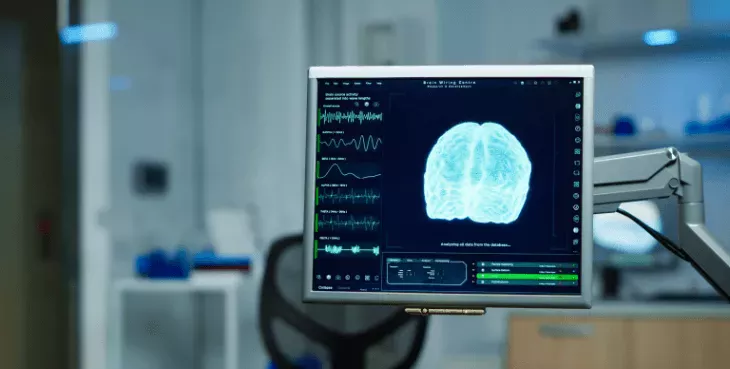
What is Neurofeedback?
Neurofeedback is a type of biofeedback that uses electroencephalography or Functional MRI to provide a signal that can be used to receive feedback - information - about brain activity.
Like other forms of biofeedback, neurofeedback training (NFT) uses monitoring devices to provide moment-to-moment information to an individual on the state of their physiological functioning. The characteristic that distinguishes NFT from other biofeedback is a focus on the central nervous system and its relationship to the brain. NFT has its foundations in basic and applied neuroscience as well as data-based clinical practice. It takes into account behavioral, cognitive, and subjective aspects as well as brain activity.
WHAT IS BIOFEEDBACK?
Biofeedback is the process of becoming aware of various physiological functions using instruments that provide information on the activity of those same systems, with a goal of being able to manipulate them at will. Processes that can be controlled include brainwaves, muscletone , skin conductance, heartrate and pain perception.
Biofeedback may be used to improve health or performance, and the physiological changes often occur in conjunction with changes to thoughts, emotions, and behavior. Eventually, these changes can be maintained without the use of extra equipment.
BIOFEEDBACK HAS BEEN FOUND TO BE EFFECTIVE FOR THE TREATMENT OF HEADACHES AND MIGRAINES.
Three professional biofeedback organizations, the Association for Applied Psychophysiology and Biofeedback (AAPB), Biofeedback Certification International Alliance (BCIA), and the International Society for Neurofeedback and Research (ISNR), have arrived at a consensus definition of biofeedback in 2008:
Biofeedback is a process that enables an individual to learn how to change physiological activity for the purposes of improving health and performance. Precise instruments measure physiological activity such as brainwaves, heart function, breathing, muscle activity, and skin temperature. These instruments rapidly and accurately 'feed back' information to the user. The presentation of this information — often in conjunction with changes in thinking, emotions, and behavior — supports desired physiological changes. Over time, these changes can endure without continued use of an instrument



